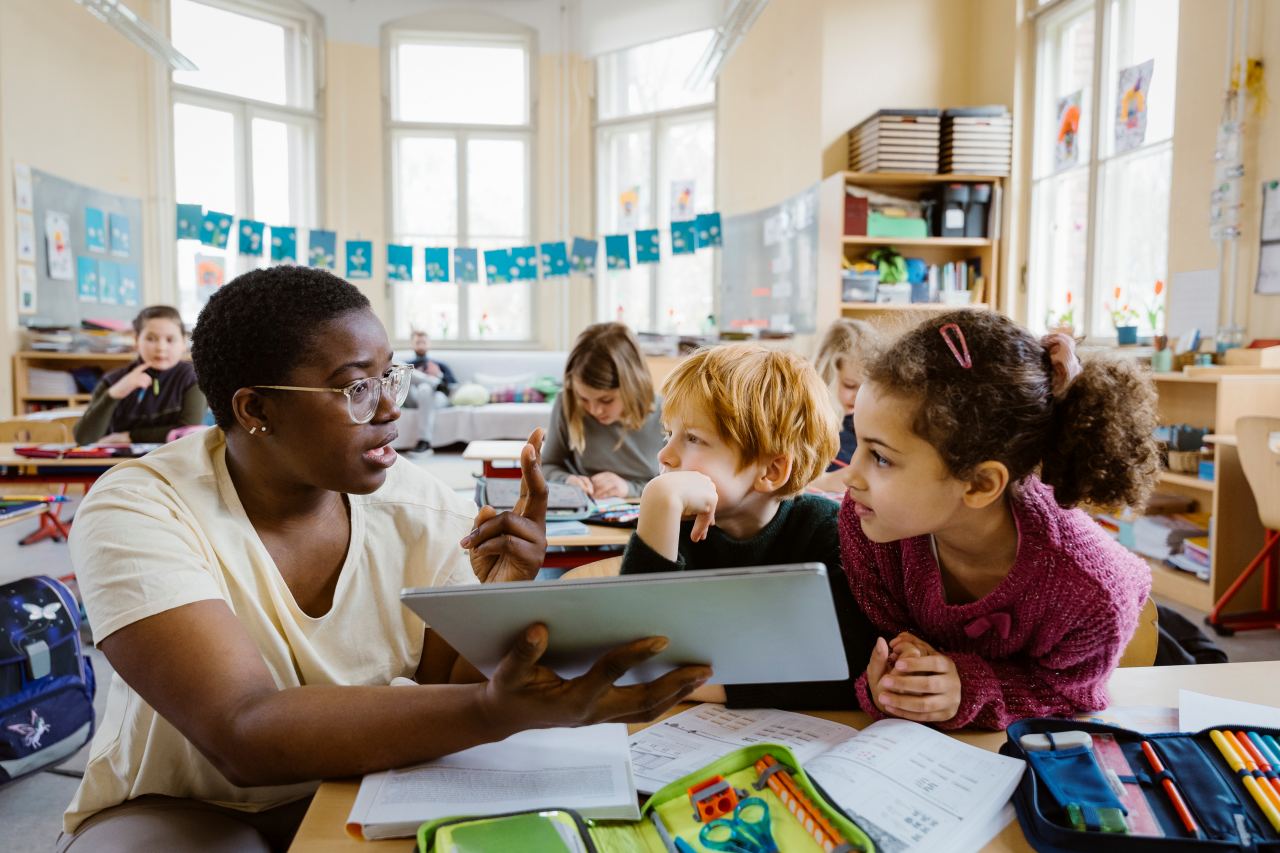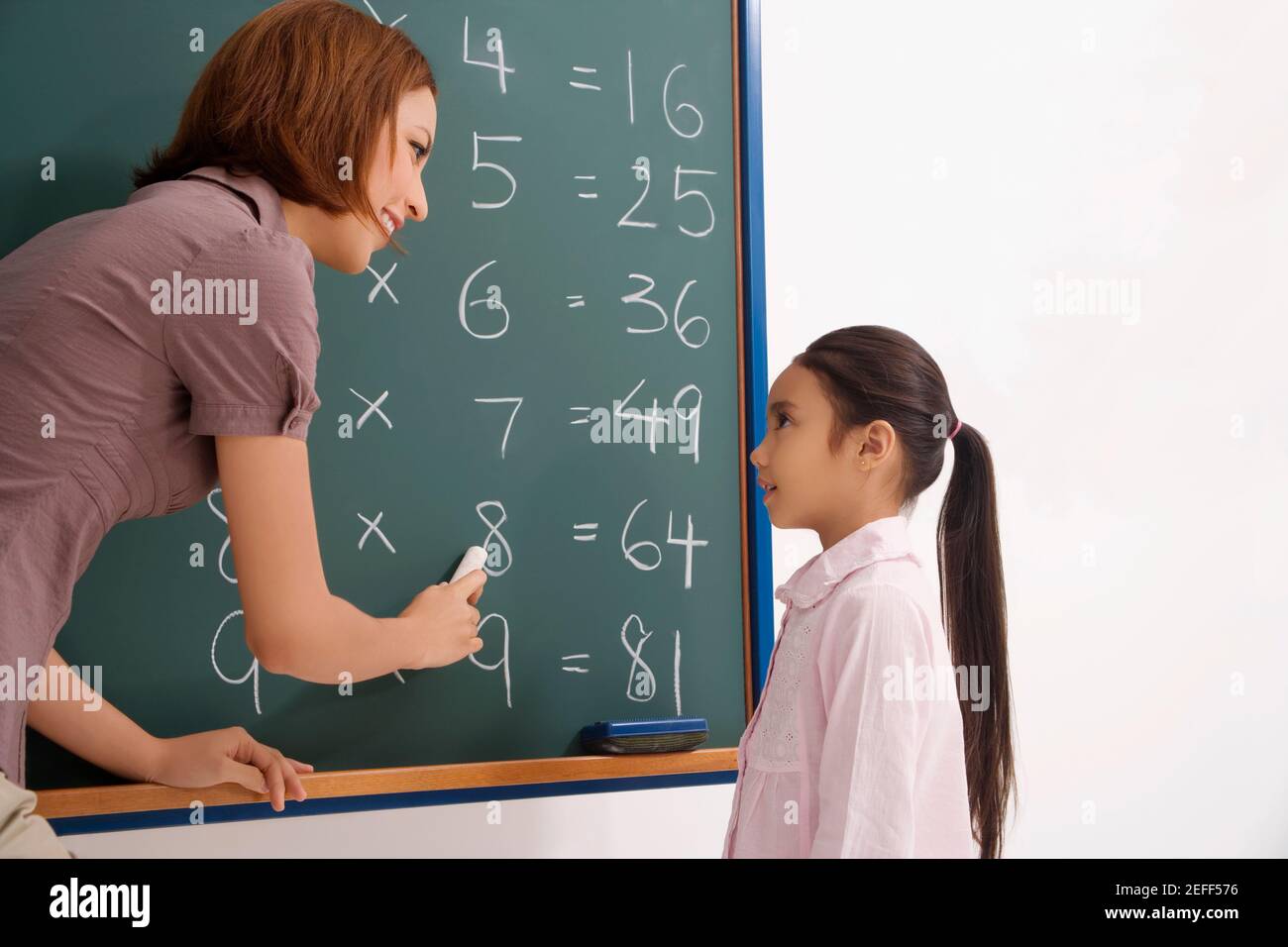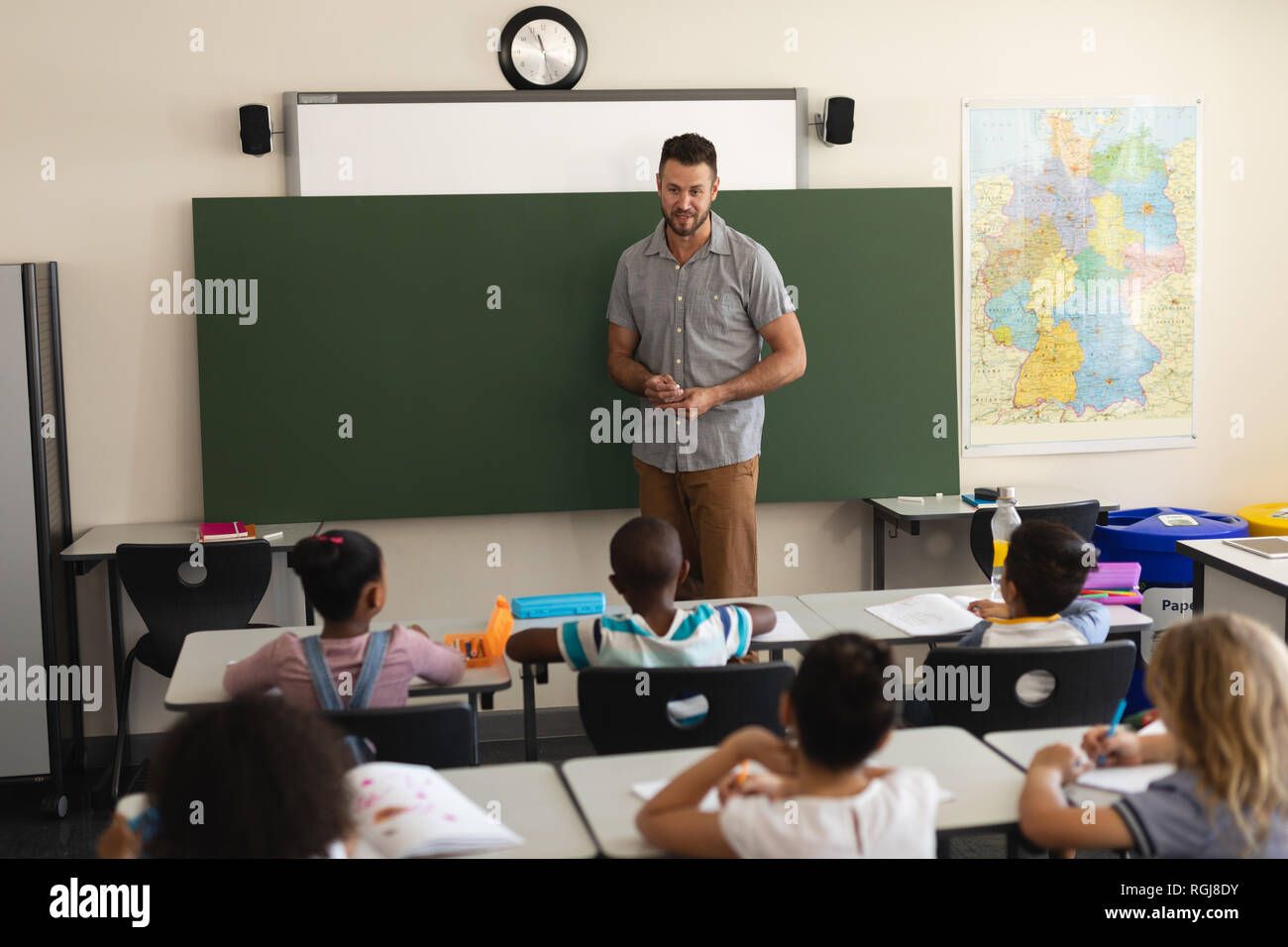Comprehensive Primary Science Tuition Singapore for Primary School Students
Wiki Article
Exploring the Various Teaching Strategies in Primary Scientific Research Education And Learning Today
The landscape of main science education and learning is advancing, with various mentor approaches obtaining prominence in contemporary classrooms. Inquiry-based understanding, hands-on experiments, and the combination of modern technology are redefining how teachers involve young minds. In addition, collective approaches and distinguished direction are being used to provide to the diverse demands of pupils, enhancing both engagement and understanding. As we analyze these methodologies, concerns develop regarding their performance and the ramifications for future educational techniques. What might these shifts in method mean for the future generation of students?Inquiry-Based Understanding
Inquiry-Based Understanding (IBL) is an instructional approach that encourages students to discover clinical ideas through wondering about, investigation, and hands-on experimentation. This method highlights the function of students as energetic individuals in their understanding, advertising crucial thinking and problem-solving abilities. By engaging with real-world questions, pupils come to be inspired and curious, which boosts their understanding of scientific principles.In IBL, educators work as facilitators, leading trainees as they navigate their questions as opposed to delivering information directly. This student-centered strategy enables for differentiation, suiting various finding out paces and designs. Trainees create skills in formulating theories, making experiments, and examining data, which are crucial for clinical literacy.
Additionally, IBL promotes collaboration amongst pupils, urging them to share ideas and findings. This cumulative query promotes social abilities and a sense of neighborhood within the class. Furthermore, the procedure of inquiry encourages strength, as students find out to embrace failure as a tipping rock towards understanding.
Hands-On Experiments
Hands-on experiments are an important component of effective scientific research education and learning, complementing the concepts of inquiry-based knowing. These experiments enable pupils to engage directly with scientific ideas, cultivating a deeper understanding with experiential knowing. By adjusting products and observing end results, young learners can realize abstract concepts in tangible ways.Such activities promote vital reasoning and problem-solving skills, as students hypothesize end results, conduct experiments, and analyze results. This process motivates them to ask concerns, improve their understanding, and develop a scientific mindset. Furthermore, hands-on experiments can be tailored to diverse understanding designs, making certain that all pupils have the opportunity to engage meaningfully with the web content.
Furthermore, hands-on experiments typically urge partnership among peers, promoting teamwork and communication abilities. Operating in teams allows trainees to share ideas, review searchings for, and pick up from one another, which boosts their total academic experience.
Integrating hands-on experiments into the key scientific research educational program not only improves the discovering atmosphere but additionally cultivates a lifelong interest in science. By proactively taking part in their education, students are most likely to create an enthusiasm for scientific questions that expands past the classroom.

Modern Technology Combination
Integrating innovation right into key science education and learning has actually come to be significantly important in promoting pupil engagement and enhancing learning results. Making use of electronic devices, such as interactive simulations, digital laboratories, and educational software application, gives students with opportunities to explore scientific concepts in innovative methods. These sources promote a much deeper understanding of intricate subjects by allowing learners to visualize and manipulate variables that would certainly be impractical in a traditional class setting.In addition, innovation combination urges individualized finding out experiences. Trainees can proceed at their own pace, revisiting tough principles with multimedia sources, which provide to different knowing designs. This flexibility not only sustains private growth yet likewise cultivates a sense of autonomy in students.
In addition, innovation functions as a bridge to real-world science, connecting pupils with present research and specialist contributions. Access to scientific journals and on-line data sources widens trainees' perspectives on scientific questions and promotes crucial assuming skills.
Collaborative Learning
Collaborative knowing plays a vital duty in primary scientific research education by fostering team effort and interaction abilities among students. This strategy urges learners to collaborate, share expertise, and take part in analytic, which improves their understanding of clinical concepts. By joining team tasks, students find out to verbalize their concepts, pay attention to diverse point of views, and bargain services, every one of which are essential skills in both real-world and scholastic contexts.published here

Research shows that joint learning can bring about raised inspiration and interaction in scientific research subjects, as trainees locate enjoyment in shared experiences (primary science tuition Singapore). Furthermore, this strategy prepares students for future collaborative ventures, furnishing them with the abilities essential for effective team effort in greater education and learning and professional environments. Eventually, welcoming joint discovering in key scientific research education can substantially enrich the knowing experience and promote a deeper understanding of clinical questions
Set Apart Guideline

Separated instruction can manifest in different means, such as varying the material, procedures, or items of learning. Teachers might make use of tiered assignments use this link that offer differing levels of intricacy, permitting pupils to work at their respective readiness levels. In addition, flexible grouping methods can assist in cooperation amongst pupils with different abilities, promoting peer discovering.
Analysis plays a crucial function in this approach, as it informs instruction and helps educators understand each student's special needs. Formative analyses, such as monitorings and quizzes, can guide teachers in adjusting their strategies to enhance learning results. primary science tuition Singapore. Eventually, by carrying out set apart guideline in main science education, instructors can grow an extra effective and fair understanding setting, equipping all trainees to reach their full possibility in comprehending scientific phenomena
Final Thought
In summary, the varied mentor methods in main science education, including inquiry-based understanding, hands-on experiments, innovation combination, joint understanding, and set apart direction, collectively add to a much more effective learning atmosphere. These techniques promote critical reasoning, problem-solving abilities, and a much deeper comprehension of clinical concepts. By applying these techniques, educators can develop appealing and supportive classrooms that resolve the different needs of students, eventually fostering a lifelong interest in science and enhancing scholastic success.Inquiry-Based Knowing (IBL) is an instructional method that urges students to discover scientific ideas via questioning, examination, and hands-on experimentation.Collective understanding plays a crucial duty in main scientific research education and learning by cultivating teamwork and interaction abilities amongst students.Research study shows that joint knowing can lead to boosted inspiration and involvement in science subjects, as pupils find pleasure in common experiences.In cultivating a comprehensive learning environment, learn the facts here now distinguished direction arises as a vital strategy to accommodate the diverse demands and abilities of trainees in main scientific research education and learning. Inevitably, by applying set apart instruction in primary science education, teachers can cultivate a much more equitable and effective knowing atmosphere, empowering all students to reach their complete possibility in understanding scientific sensations.
Report this wiki page